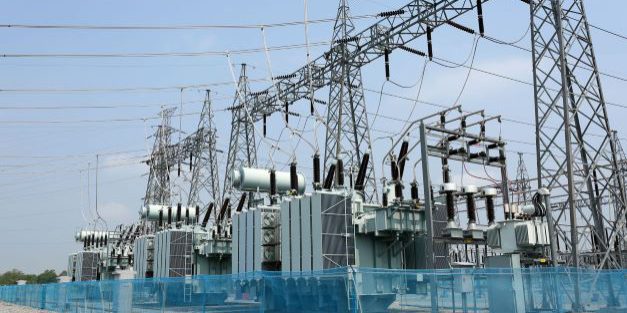The civilian critical infrastructure (CI) within the United States faces threats from manmade electromagnetic pulse (EMP) attacks and natural EMPs caused by major solar storms. As described in Executive Order (EO) 13865, Coordinating National Resilience to Electromagnetic Pulses (March 26, 2019), “An EMP event has the potential to disrupt, degrade, and damage technology and critical infrastructure systems.”
Public awareness of manmade EMPs began on July 9, 1962, following the Starfish Prime test, during which the United States detonated a 1.4-megaton thermonuclear weapon 250 miles above Johnston Island in the mid Pacific. On the Hawaiian islands, 900 miles away, burglar alarms were triggered, circuit breakers opened, and over 300 streetlights in Honolulu failed nearly simultaneously. A few months later, to better understand EMP effects, the Soviet Union conducted a series of high-altitude nuclear tests over southwestern Siberia, inadvertently demonstrating the weaponization potential of high-altitude EMP (HEMP), as revealed to U.S. scientists in 1995.


